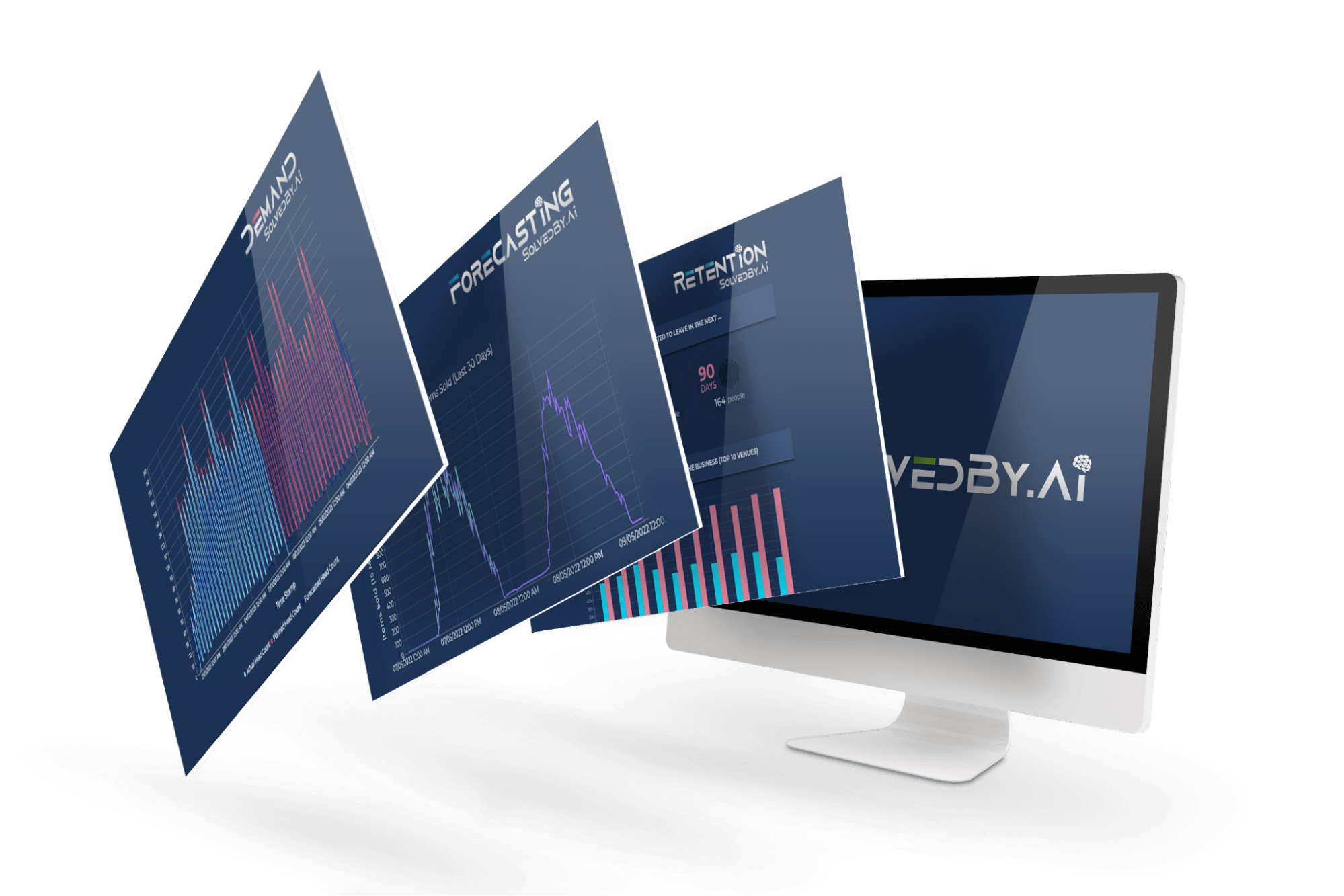Many factors must be considered when writing a business case for AI automation. When crafting a business case, Time to Value (the duration it takes to realise a return on the project) should be noticed. This metric assists the finance director in gauging when the initial investment will be repaid.
For example, if the total cost of implementation is £50k, and the amount of the benefits to £5k per month, the Time to Value is 10 months. However, the benefits and costs are not necessarily realised instantaneously; they can increase or decrease depending on the progress and usage of the system.

In this article, we help you understand how to calculate Time to Value and what actions can improve it. To justify implementing an AI Automation project, we recommend you include a calculation of the Time to Value in your business case.
What is the definition of Time to value?
Time to Value is the period required to observe a net cumulative advantage from a project. It can be conceptualised as a P&L (profit and loss) statement, where Time to Value is the Time when the project has a break-even point, resulting in a profit.
Why is Time to Value important?
The Time to Value (TTV) of a project can help the finance director determine when to stop budgeting for costs and start budgeting for benefits. Knowing the TTV helps ensure that the project’s budget is accurate and that benefits can be realised within the specified time frame. Understanding the TTV also helps during the annual budget process, which can be difficult for businesses as departments look for ways to save and generate more revenue in the coming year. Having an accurate TTV forecast in place can help ensure that budgeting for the benefits is proper and that targets are met.

How do I calculate the Time to Value?
Estimating the Time to Value of a project may seem straightforward, but the calculations can be complex. It’s similar to creating a business plan and forecast, with a spreadsheet required to forecast the profitability of the project accurately. One must consider a range of variables, including expenses and revenue, for the calculation to be accurate. Getting these right will lead to an accurate Time to Value. The calculation will include
- An estimate of the benefits delivered on a monthly basis as the project progresses
- The cost on a monthly basis, which may change as the project progresses
- How much of the benefit (if any) will be delivered during a proof of concept phase
- How long implementation and rollout will take
- How long before a Proof of Concept is considered a success and a full implementation can progress
- How long it will take to agree to a full implementation after a successful POC?
Each business has its unique variables. While this free ROI calculator template can be used to help calculate Return On Investment, Time to Value is harder to create a template for and isn’t included. If you need help with the calculation, our sales engineers will happily help you build a model based on their experience.
What benefits do I take into consideration when calculating Time to value?
When calculating an ROI, we consider the same benefits but look at the resulting costs and benefits over the entire project duration. With Time to Value, we measure the benefits on a monthly basis from the start of the project until the cumulative benefits surpass the incremental costs each month. These benefits are generally total savings and total revenue increase.
What costs do I take into consideration when calculating Time to value?
As mentioned above, we need to calculate the cumulative costs monthly. These will include:
- Software vendors up front and implementation costs
- The costs of a proof of concept (POC)
- Your organisation’s cost for both the implementation and the POC
- The software vendors’ costs per month up until the moment the project breaks even
- Your organisation’s cost per month up until the moment the project breaks even
- Third-party costs, such as consultants
How do I interpret a Time to Value?
The shorter a Time to Value, the better; think of it as breaking even quicker. Anything less than a year will positively impact the current budget period. We often see a Time to Value of between 6 months and a year for an AI Automation project.
How can I improve the Time to Value of my AI Automation project?
Our experience with AI Automation projects has shown us several ways that the Time To Value can extend unnecessarily. Here are some ways that you can hit your TTV target:
- Track the Time to Value: Organisations that factor in Time to Value in their project planning and monitor its progress are likely to make better decisions and be more likely to reach their TTV goal.
- Reduce the upfront cost: This is simple maths; the lower the upfront costs, the quicker the payback.
- Implement quicker: The decision time between completing a Proof of Concept and the full implementation is added to the Time to Value. We often see this taking longer than initially planned.
- Reduce operational costs during implementation: The expenditures during the proof of concept and implementation process must be deducted from the monthly benefits, increasing the Time to Value. Reducing these costs will shorten TTV.
- Manage the implementation well: the more comprehensive implementation takes, the worse your TTV. We have seen many occasions when poor project management leads to a much longer TTV and a failure to deliver the benefits in the budget year they were expected.
Related articles










